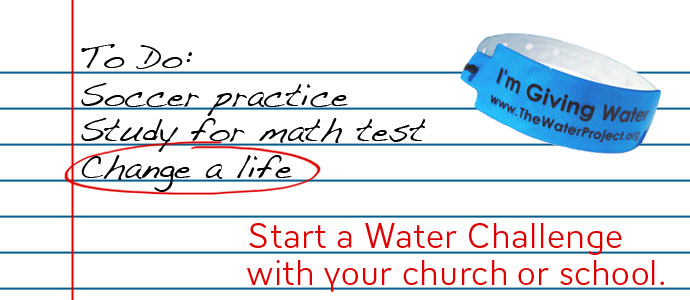Lesson Plan - The Rainmaker
| Time Needed: | One 45 minute class period |
| Concepts: | What causes precipitation |
| Purpose: | The purpose of this experiment is to simulate the process whereby the condensed water vapor (cloud) turns into precipitation (rain). Students will use the simulation to construct their own hypothesis of how the precipitation process occurs. |
Overview
Students will work in cooperative groups with one student recording information onto the Lab Sheet.
Materials for each group:- A pan of water
- a burner
- a large cookie sheet
- ice cubes
- 2 metal trash cans
- 1 Lab Sheet
Anticipatory Set
The teacher will then ask students what happens when a mass of warm air containing water vapor is cooled. (The water vapor in the air condenses onto tiny suspended particles in the air and forms a cloud.)
Now the teacher will ask students to get into groups and come up with a hypothesis to answer the question:
What causes precipitation?
Activity
Next the teacher will distribute the materials and explain the directions for the simulation.
- Place a pan of water onto the burner.
- Place two metal trash cans on either side of the burner.
- Next place the cookie sheet on the two trash cans so that it forms a "ceiling" over the pan of water.
- Place the ice cubes on top of the cookie sheet.
- Heat the water and watch as the steam accumulates and hits the cool surface (cookie sheet).
- Record your observations on the Lab Sheet. The water evaporates quickly as it is warmed - rising and condensing as it meets the cooler air above. This creates steam (a cloud) . As the condensed water droplets accumulate against the cool surface, they grow in size and fall back to the pan as rain (precipitation).
Compare your simulation to Earth's water cycle. Which stage of the simulation represented:
- Evaporation?
- The water in the pan changing to a gas as it was heated.
- Condensation?
- The water vapor forming a cloud (steam) as it condensed in the cooler air.
- Precipitation?
- The steam (cloud) turning into rain as the condensed water vapor accumulated and the water drops grew in size and fell back towards the pan.
Discuss in your group what happened to cause the condensation to turn to precipitation. The condensed water droplets in the cloud (steam) accumulated and increased in size eventually falling back to the surface as precipitation.
Class Discussion
Students will discuss their findings and compare their simulation with the natural process. (The sun heats the earth's water causing it to evaporate. The warm air rises and expands. As the warm air rises, the water vapor in the air condenses in the cooler air above and forms a cloud. As the condensed water vapor accumulates, the water droplets grow in size and become too heavy to be contained in the cloud. The water droplets fall to earth as rain or precipitation.
Following the class discussion, groups should record their Concluding Hypothesis, turn in Lab Sheets, and return to their desks.
This experiment adapted from resources provided at http://www-k12.atmos.washington.edu/k12/modules/nw_wx_watch/tchrpg_ex5.html
